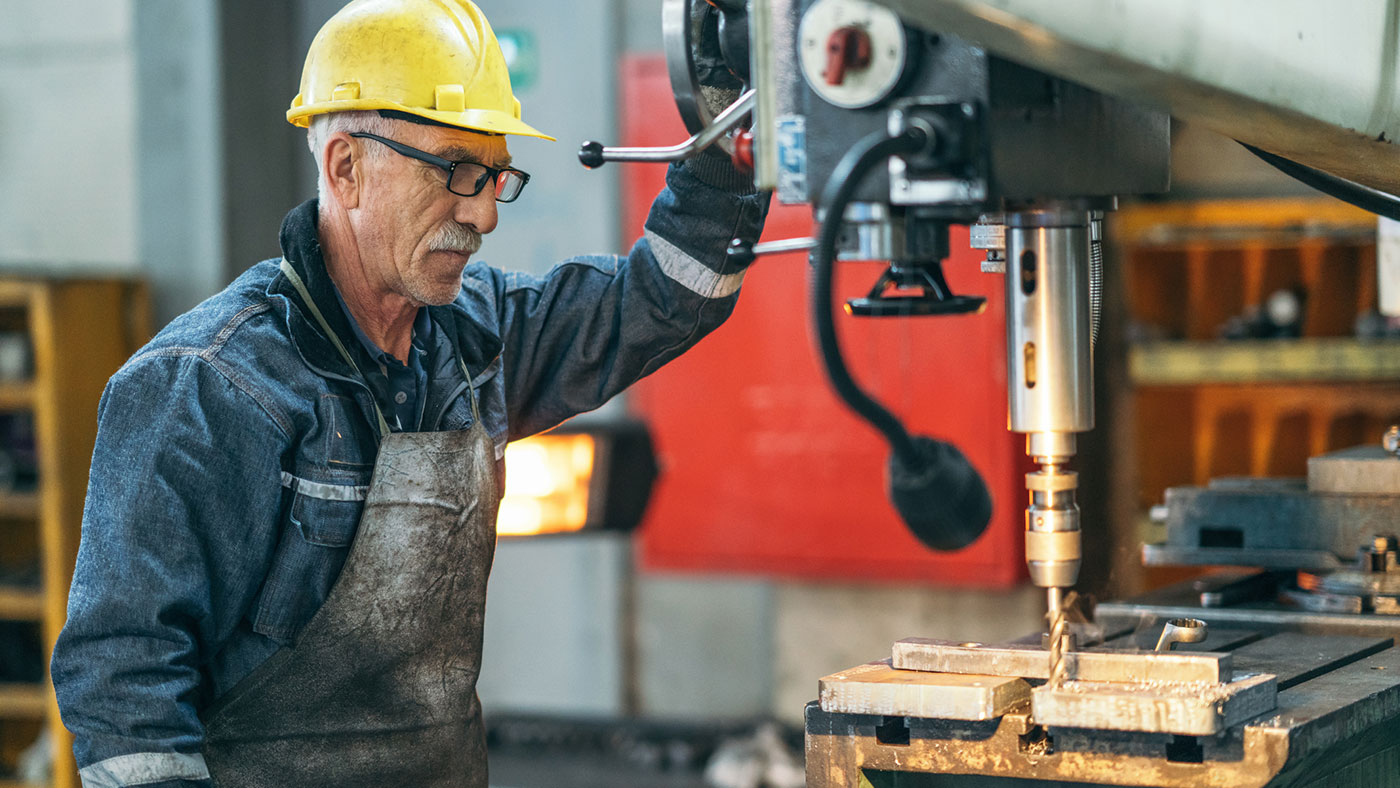Managing an ageing workforce
There are a range of actions you can take to better manage older workers in the manufacturing industry.

Australians are increasingly working to older ages. Australia has an ageing population, and the number of people still at work as they enter their senior years is set to grow after the retirement age was recently raised from 65 to 67. In January 2018, Australians aged 65 and over had a workforce participation rate of 13 per cent, up from eight per cent in 2006 [1].
Older workers are good for business. The expected increased participation of mature employees in the workforce will produce a $55 billion (or 2.7 per cent) increase in national income by 2024–25 [2].
Specifically for employers, the loyalty and low absenteeism of older workers was calculated as being worth $27 billion in 2015 [3]. Retaining employees means their experience and knowledge stay in the organisation, and also results in lower ongoing hiring and training costs.
As with all workers, there are specific things employers can take into account for older workers — for the benefit of their organisations and for employees.
Risk of injury to older workers
Most injuries to workers actually occur in the 20 to 29 age category. However, if older workers are injured, recovery times can be longer and retraining may be needed.
More research is needed on injuries to older workers. It’s worth employers taking the time to understand the risks to their own workers relevant to their industry.
Helping older workers: what employers can do
Once there has been an injury, there are several ways employers can help their workers through the recovery process and their return to work.
- Raise awareness. Make sure everyone in the organisation, from senior management to employees and contractors, is aware of the expectation that older workers are supported.
- Think about workplace design. What caused the injury in the first place? Can changes be made to accommodate the worker, so they are safer and can do their job better?
- Consider flexible working arrangements. This might mean job-sharing, part-time arrangements, working remotely, or creating a mixed role with fewer or lower physical requirements. Be creative, depending on the requirements of your workers and your organisation.
References
Australian Institute of Health and Welfare — Older Australia at a glance

